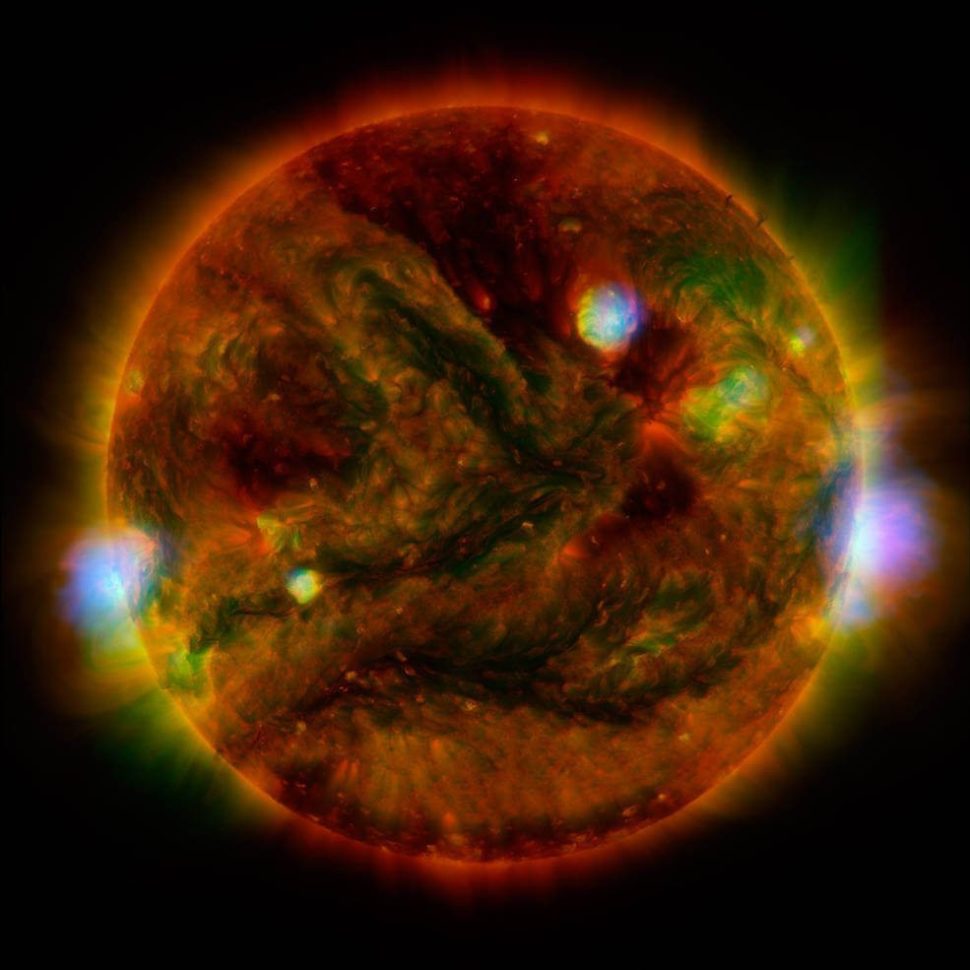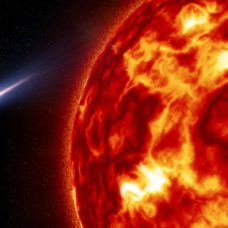Outer space is hostile and unpredictable. While in space, spacecraft may encounter huge bursts of energy from the Sun. The magnetic field of these solar bursts is difficult to predict, and can interact with the Earth’s magnetic field, influencing near-space weather. In response, scientists developed a method to simulate and study coronal mass ejections.
Even if it’s impossible to prevent coronal mass ejections (CME) and other solar eruptions, predicting them sufficiently in advance is now possible thanks to a team of scientists who sought to develop an effective simulation of solar storms.
#UniversityofMichigan scientist #TamasGombosi developed a model to study #CMEClick To TweetEEGGL: Simulating Solar Eruptions
The EEGGL or Eruptive Event Generator (Gibson and Low), a the new tool available to public, will simulate solar storms by tracing the paths of coronal mass ejections before they reach Earth.
Led by Tamas Gombosi, by a team at the University of Michigan’s Department of Climate and Space Sciences and Engineering developed the new model which constitutes a big step forward in CME modeling.

While other models are based solely on mass and initial velocity deduced from spacecraft observations, the EEGGL– by incorporating magnetic properties at CME initiation–will give scientists a better understanding of the magnetic structure of solar eruptions and how this structure affects CME trajectory and interaction with Earth’s magnetic fields.
The computer models of EEGGL will help researchers understand the dynamic behavior of the Sun. Scientists will better understand how the Sun affects the space surrounding Earth and thereby improve the ability to predict near-space weather.
Geomagnetic Storms, the Invisible, Fatal Risk
Our star is not content to shine gently in the sky. The surface of the Sun resembles an incandescent, tempestuous ocean fraught with violent solar eruptions. Plasma geysers of colossal dimensions which spring out of the star at incredible temperatures. The flares then rise to several hundreds of thousands of miles at an astonishing speed and eventually reach Earth.
The particles released by the Sun are electrically charged and can create magnetic storms that interfere with the Earth’s own magnetic field. Possible impacts include the disruption of satellites around the Earth used for telecommunication systems and GPS navigation. Powerful solar flares can even blow up power grids, as was the case in Quebec in March 1989.
Understanding the origin of CME phenomena interests many. These solar eruptions represent a close and well-observed example of stellar behavior that occurs throughout the Universe. For now, their impact on our terrestrial environment drives the need for the simulation and prediction of CMEs.



















Comments (0)
Least Recent